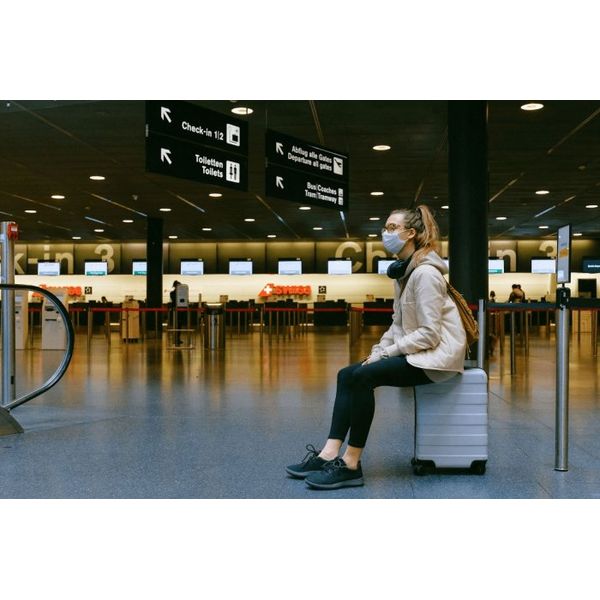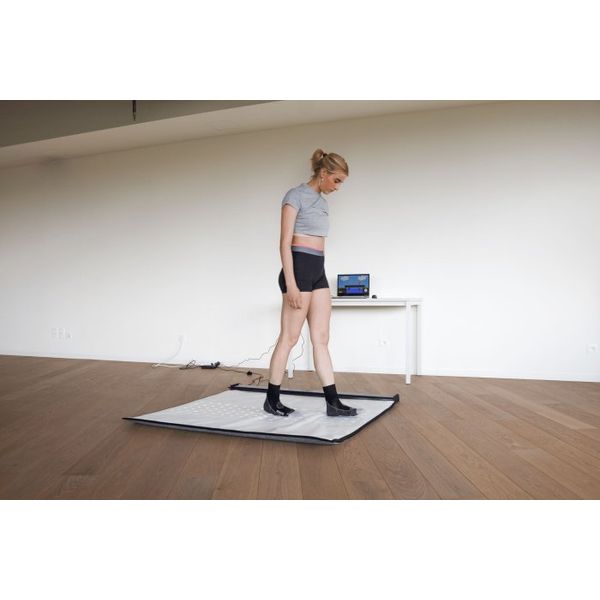

- Home
- Companies
- Creative Therapy
- Articles
- Post-COVID Rehabilitation - Case Study
Post-COVID Rehabilitation - Case Study
- Sporty woman
- Hospitalisation after SARS-CoV-2 infection
- Cognitive difficulties (memory impairment)
A few months ago, Anneleen ended up in hospital with a COVID infection. Due to her extreme and persistent shortness of breath, she stayed in the Respiratory Department for several weeks. During her stay in hospital, she fortunately did not have to be transferred to the Intensive Care Unit, although the situation proved to be more serious than initially thought. Despite her recent discharge from hospital, Anneleen continues to suffer from her infection. Specifically, she is still suffering from excessive fatigue, shortness of breath, Post-Exertional Malaise and concentration problems. At the moment, Anneleen is following a three-weekly training programme on an outpatient basis to get her physical fitness back on level.


- Gradual build-up of endurance
- Recovering pre-infection level
- Return to Sport
The current literature on rehabilitation after COVID infection is still relatively limited. The WHO describes Post COVID Syndrome (or Long COVID) as the occurrence of fatigue, shortness of breath, cognitive difficulties and other symptoms that have an impact on the patient`s daily life [1]. These symptoms are present for at least two months, within the first three months after acute infection with SARS-CoV-2. In addition, the fluctuating nature of this condition should be closely monitored throughout the treatment and follow-up of the patient. An important part of the therapy will therefore be to teach Anneleen to recognise and respect her own limits. In the context of Anneleen`s return to sport, it is important that she is able to move about symptom-free. Therefore, a slow build-up of therapy and especially of intensity is essential. Canadian and British guidelines for the treatment of lung COVID show that simple mobilisation exercises (especially in the early stages) can certainly be useful [2-3]. The slogan "Exercise briefly and often" is echoed in both texts.
This simple game allows Anneleen to direct her therapy in an accessible way. By adjusting the number of targets and their position on Matti, she can make the exercise as challenging as she wishes. By increasing the duration of the exercise, she can also slowly practise her stamina. On top of this, the game also offers Anneleen a cognitive challenge that becomes increasingly difficult.
Dance GameAfter Simon Says, one can switch to a slightly more active variant. By selecting the `directional mode` at the start of the game, Anneleen can play this game in the same starting position as Simon Says. Whereas the previous game contained moments of rest, this game requires constant activity from Anneleen. By increasing the difficulty of the game, the intensity can simply be increased.
Obstacle runnerThe obstacle runner is controlled directly by the patient walking or running on the spot. This allows the patient to determine the difficulty level and speed of the game. If the patient is ready, the actions `jumping` and `diving` can also be put into the game. The final score gives an immediate insight into the patient`s condition.
